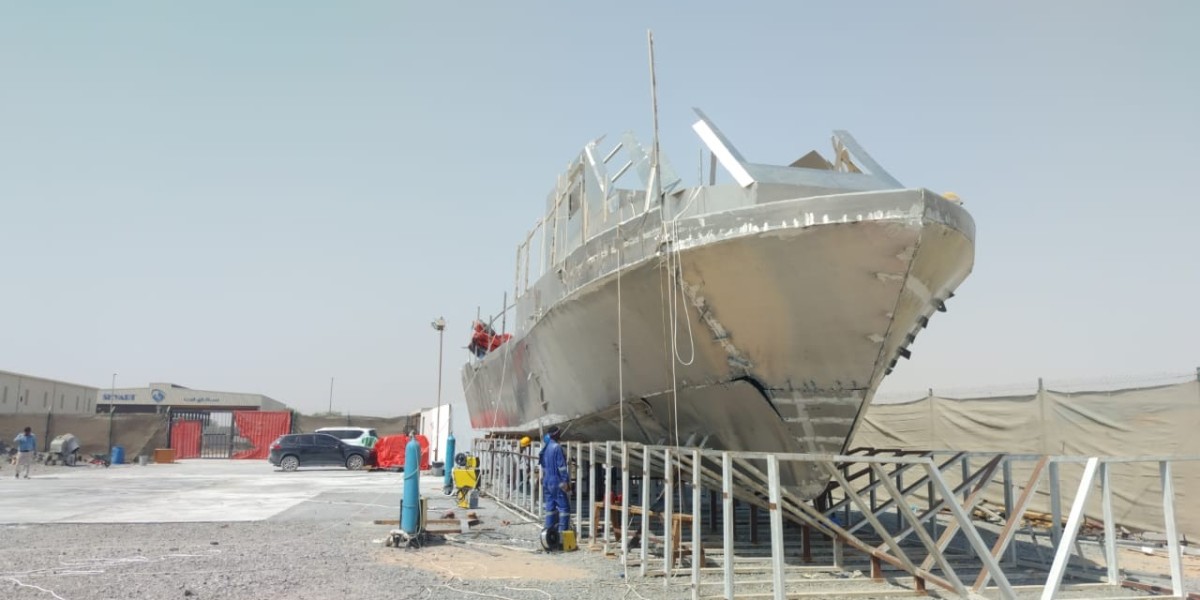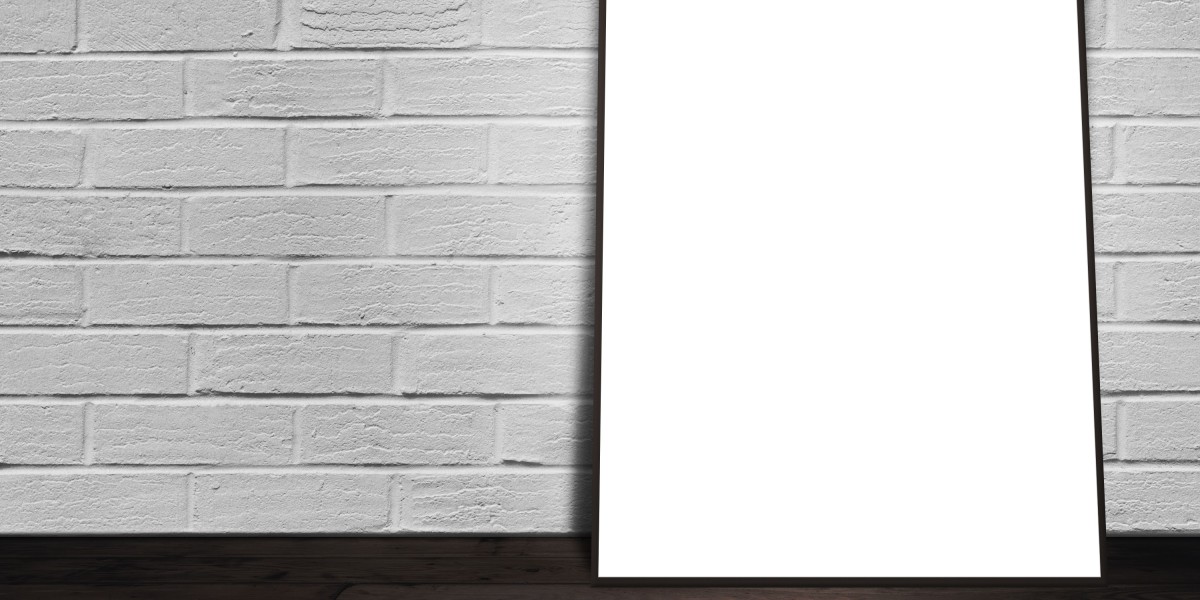The maritime sector has seen incredible innovation in recent decades, with aluminium boat building being a standout game-changer in ship design today. Boat construction has traditionally utilized steel or wood, materials that have proven to be strong but typically struggling with weight, corrosion, and maintenance expenditure. Aluminium, with its special characteristics, is presently transforming the possibilities of maritime engineering and bringing practical and strategic advantages for shipbuilders and operators globally.
The Rise of Aluminium in Boat Building
The use of aluminium in boat building has increased exponentially. As per industry news, the world aluminium boat market size is anticipated to touch a valuation of more than $6 billion by 2030 on account of growing demand for light-weight and long-lasting boats. Its natural corrosion resistance, particularly in saltwater conditions, makes aluminium a popular option for boats used in tough marine conditions. In contrast to steel, which needs regular protective coatings and maintenance, aluminium naturally develops a protective oxide coating, significantly lowering long-term maintenance costs.
Furthermore, aluminium is exceedingly light in weight. Boats that are made of aluminium are as much as 40% lighter than their steel counterparts, which means they are more fuel-efficient, can travel faster, and have a greater payload capacity. For these reasons, aluminium has become most attractive for commercial ships, patrol boats, ferries, and luxury yachts where performance and efficiency in operation are very important.
Innovative Design Capabilities
One of the biggest influences aluminium boat building is having on contemporary maritime design is with its flexibility in manufacture. Aluminium's malleability makes it possible for aluminium boat builders to produce intricate hull designs and shapes that were unworkable or hard to achieve with other materials. Its flexibility opens possibilities for hull hydrodynamic innovations, enhancing speed, stability, and fuel efficiency.
Contemporary aluminium boats are being produced more and more with advanced technological features like wave-piercing bows, stepped hulls, and light superstructures. These not only optimize performance but also enhance passenger comfort and safety, proving that aluminium is not only a material of choice but also a driver of technological innovation in naval architecture.
Sustainability and Environmental Benefits
In the current age of environmental awareness, aluminium boat construction is closely aligned with sustainability objectives. Aluminium can be recycled very easily and efficiently, as recycling it only takes 5% of the energy used to make primary aluminium, drastically lowering the carbon footprint of the build. This environmentally friendly feature will attract private and commercial operators looking to go greener in marine transportation.
In addition, aluminium boats are lighter and require less fuel. For instance, research indicates that aluminium boats enjoy fuel efficiency of up to 20% over steel boats, leading directly to reduced greenhouse gas emissions. With more global maritime policies calling for a reduction in carbon emissions, the future of aluminium boat making as a sustainable practice cannot be ignored.
Economic Benefits of Aluminium Boats
In addition to performance and environmental advantages, aluminium boats also pose economic benefits. Less weight equates to less fuel use and operational expense, and the durability of the metal reduces repair and maintenance costs. For commercial users, these translate into increased profitability over the operating life of a vessel.
Also, aluminium boat building enables the use of modular methods. Offsite, parts can be prefabricated and assembled rapidly, lowering labor costs and construction periods. Such efficiency has promoted the expansion of aluminium boats manufactured by a boat building company, particularly in applications like passenger ferries, patrol boats, and offshore service vessels, where cost and time optimization are critical.
Challenges in Aluminium Boat Building
Though aluminium provides many benefits, there are issues that shipbuilders of today have to overcome. Aluminium has to be welded using special techniques since any kind of improper welding can weaken the structure. Further, the initial price of aluminium is usually higher than steel, though long-term benefits usually cover this cost.
Another factor to be considered is galvanic corrosion when aluminium gets in contact with other metals in seawater. Effective design, insulation, and selection of the right material are required to avoid these risks. As daunting as these issues appear, technological improvements in fabrication technology, coatings, and marine engineering have turned aluminium into a trustworthy and sought-after material for contemporary boats.
VU Marine and Leadership in Aluminium Boat Innovation
Firms such as VU Marine are at the vanguard of advancing aluminium boat construction in contemporary maritime engineering. By taking advantage of the metal's distinct characteristics, they create boats that balance speed, strength, environmental sustainability, and fuel efficiency. Their strategy embodies a wider sector trend towards lightweight, high-performance boats that address the changing needs of marine operators globally.
Applications Across Sectors
Aluminium boat construction is not only restricted to recreational or luxury boats. It has been used across various maritime industries:
- Commercial Shipping: Aluminium cargo ships and ferries enjoy lighter weight and fuel efficiency, making them a boat manufacturer of choice in UAE.
- Defense and Patrol: Coast guards and naval ships utilize aluminium due to speed, maneuverability, and toughness.
- Fishing Industry: Aluminium hulls withstand corrosive saltwater conditions, increasing vessel lifespan.
- Yachting and Leisure: Aluminium's light weight promotes increased speed and better handling, maximizing recreational enjoyment.
The durability of aluminium means that it will continue to be a material of choice for vessels where performance, efficiency, and longevity are key considerations.
Future Outlook
The future of aluminium boat construction is bright. New technologies, including hybrid propulsion technology and enhanced hull paints, complement the advantages of aluminium and allow for even greater efficiency. Industry analysts forecast that by 2035, more than 50% of new small-and-medium-sized ships in Europe and the Middle East may use aluminium hulls, indicating a key shift in the global maritime construction marketplace.
As environmental laws become more stringent and performance becomes increasingly important, aluminium's use in contemporary shipping design will remain on the rise. Designers and manufacturers who adopt this material will be placed at the forefront of the next level of eco-friendly and high-performance vessels. More and more customers opt for dealing with an aluminium boat builder company so that their ships are eco-friendly and efficient.
Conclusion
Aluminium boat construction is revolutionizing contemporary maritime engineering by providing an unmatched combination of light weight, corrosion resistance, green credentials, and design versatility. Its advantages cut across commercial, defense, and recreational markets, rendering it the best option for advanced and cost-effective vessel building. With organizations such as VU Marine leading its implementation, aluminium is not just a substitute for steel or wood—it is revolutionizing maritime technology.
From economic benefits to ecological sustainability, aluminium boat construction is not only revolutionizing ship building but also pushing new standards for performance, safety, and durability in the maritime sector. With technology advancing, aluminium will continue to be at the heart of vessel design and function, guaranteeing that maritime innovation ploughs ahead with velocity and economy.








